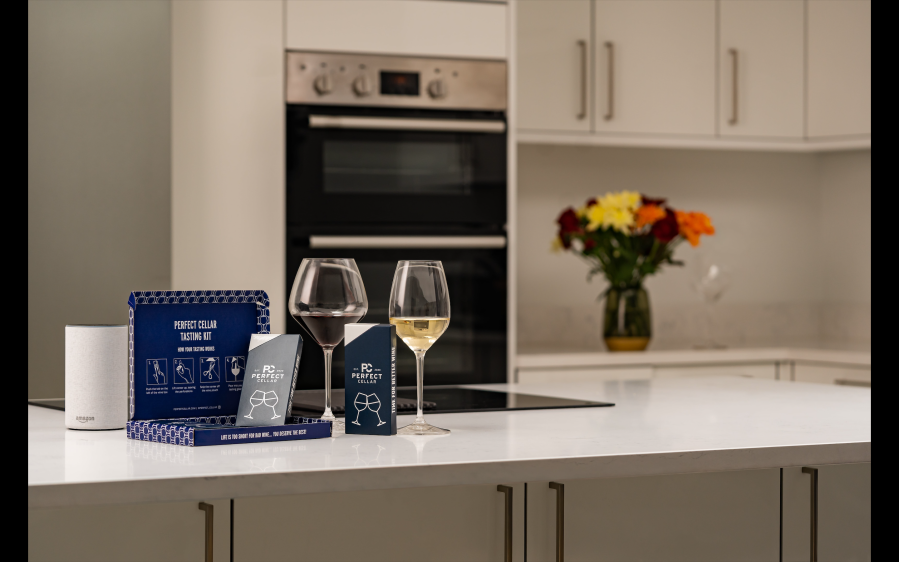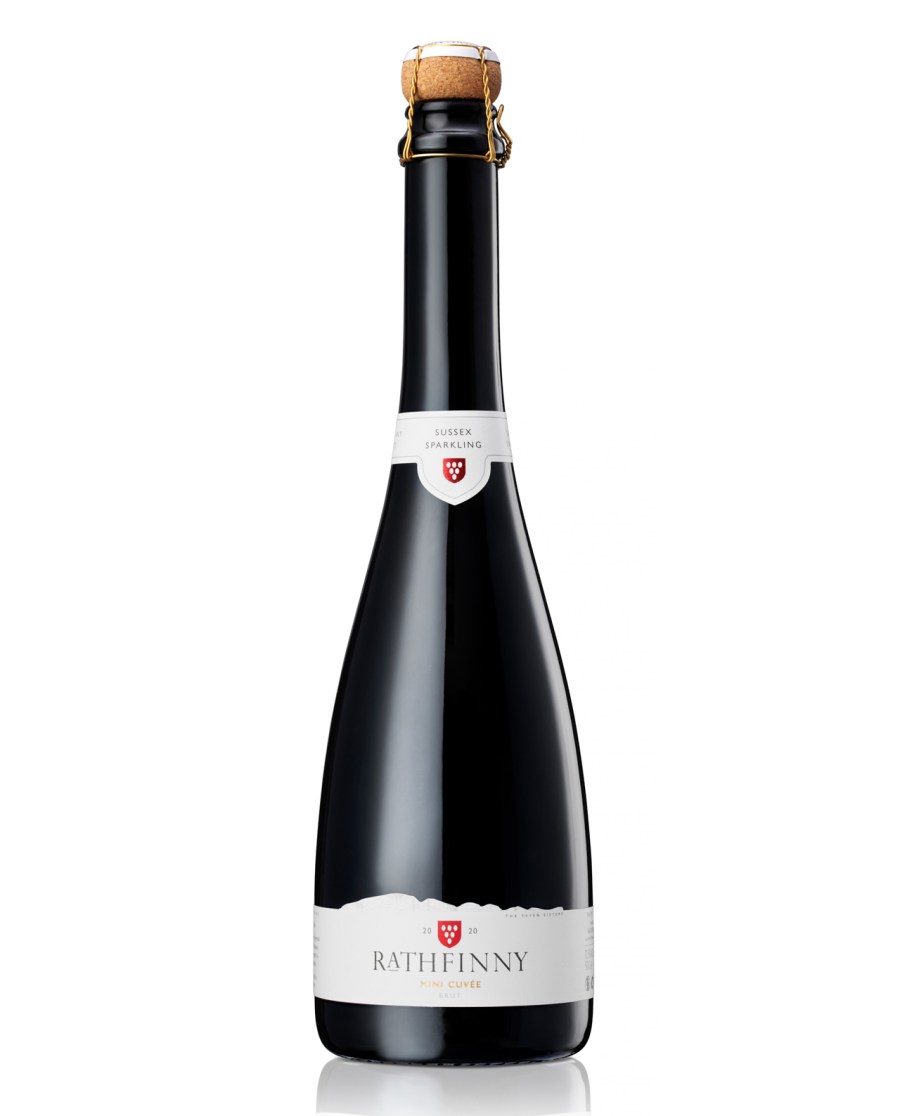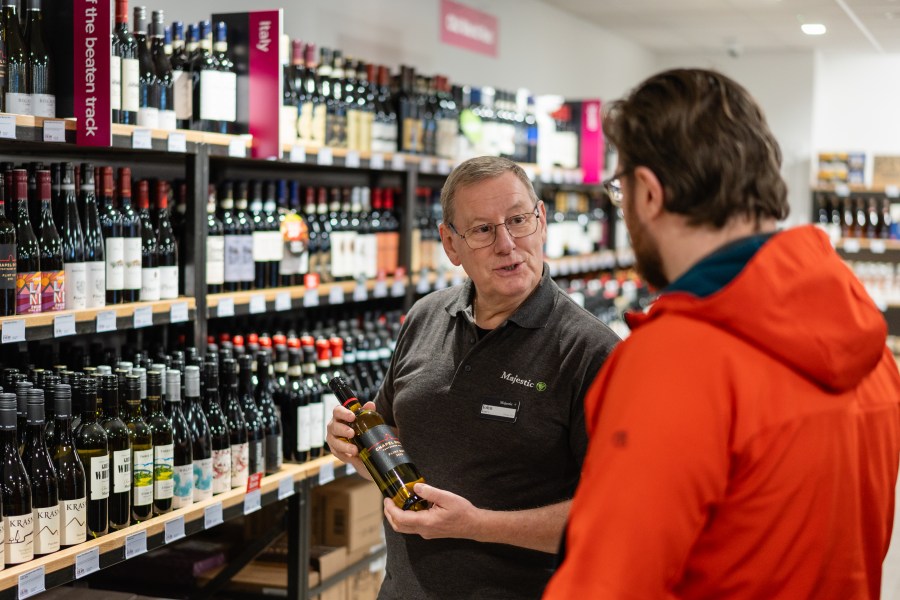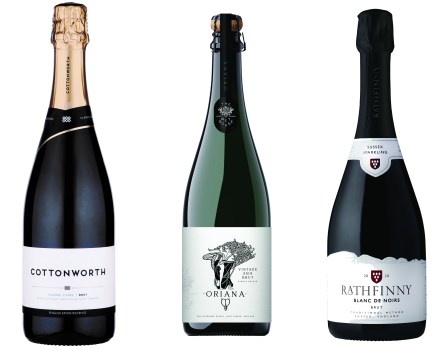There have been some big news stories in the world of wine retail in recent months. In November, Oddbins closed its bricks and mortar shops. Wine Retail Holdings Limited, which traded as Oddbins, and its sister company, European Food Brokers Limited, went into administration shortly after, leaving more than £3m in debts.
Reporting on the closure, Harpers spoke to the company’s director, Balbir Chatha, who said that they were unable to regain the same level of trade since footfall from office workers and commuters had dropped after lockdown.
“The change in the buying habits of customers during lockdown has been difficult to reverse,” Chatha told Harpers. “We have invested heavily over the last two years but things did not work out to plan. We were hampered by lack of credit leading to pressure on our cash flow along with the increased costs of trading from traditional bricks and mortar sites.”
Oddbins is the latest in a series of big names that have withdrawn from the high street, with brands like Threshers pivoting to focus their energy online. However, online wine retail is clearly no picnic either, with Naked Wines’ CEO Nick Devlin leaving his role in November after a significant underperformance against projections for their online US sales.
Trends in wine retail
I asked industry expert Joe Fattorini for his thoughts on these events:
“I suspect this is part of the bumpy shift to “the Digital Shelf”. We used to have this binary distinction between online and physical shopping. But now it’s a constant blend. We sometimes discover and explore wines online, and then buy in-store. Or we discover a wine in-store, at a cellar door, or in an independent shop but then buy it online.
“Today you can find any wine, at any time of the day, wherever you are. Instantaneously. Along with every option for buying it. Think of how profound that shift is. And what it used to be like when someone – a sales assistant – was the gatekeeper of the shelf during opening hours, in a store, that you had to go to physically.
“The impact for retailers can be very different. People tend not to buy wine in a multiple grocery chain because it’s great wine. It’s because they can buy it in the same trolley as lavatory paper and chicken nuggets.
“But we buy from independent and specialist shops and cellar doors because it’s part of an experience. And that experience has to compete with other online experiences (TikTok, Instagram, YouTube) and integrate seamlessly with the physical store/winery experience as well as your values and brand.
“I don’t think Oddbins “meant” anything to people any more. And I talk to people who feel Naked doesn’t “mean” what it once did to them. That meaning is increasingly created or maintained online. And it’s a deliberate process.
“I’ve three pieces of advice for anyone – a single winery through to a national chain – that will help you succeed in the Digital Shelf era.
- Go through all your written materials and make sure you use the word “you” at least three times as often as you use the words “I” or “we”. It will make your copy better. But it will also fundamentally shift the way your business orients itself to its customers.
- Get some low-cost insights and help. Shameless plug… that’s why I started my Substack and Wine Marketing Masterclass. To give MBA-level insights and tools for $100 a year. But I also often recommend Ana Andjelic’s “The Sociology of Business” for insights into modern customer behaviour.
- Move from thinking of selling a bottle or a case to “lifetime customer value” – retaining and growing a community of customers, rather than simply trying to win individual sales.”
Cellar Door
There is little substitute for personal interaction when building lifelong relationships with customers. William Boscawen of Mereworth Wines in Kent is enthusiastic:
“This is a rising tide and we’re all scrabbling for brand awareness. There are a million things we can do to try and grab the attention of the ever-more informed consumer. Looking at how New World wine businesses started to succeed it is very clear that the really important factor for a small business is the cellar door experience.
“Pushing a wine tourism agenda as a way to direct consumer sales is what works for us. You start to anticipate exactly what a customer is expecting when they come in, and with each visit, you understand more about their behaviour. The cellar door is such an invaluable part of our business, but that’s a game that takes a generation to figure out I think, to build that brand awareness and brand loyalty.”
On the High Street
Majestic is aggressively expanding its brick-and-mortar portfolio – including small format stores in Harpenden, Hertfordshire and Crouch End, London. This expansion has occurred since Majestic split from Naked Wines in December 2019 and won the backing of Fortress Investment Group.
Why is their model working where others are failing? Traditionally, Majestic stores have been located on the periphery of major towns and cities – enjoying larger premises at a lower cost than some of their rivals who are located more centrally. However, the new small format stores suggest a new style retail akin to the proliferation of the supermarket ‘Express’ shop, aimed at convenience and impulse purchasing.
Attractive services like in-store tasting counters, approachable staff, next day delivery and free glass hire, offer value to customers.
Majestic has incorporated a seamless digital offer over the last 20 years. A well-constructed website aids the customer journey, with free click and collect giving an incentive to customers to visit the store. That ease of use is taken even further with a unique ‘No Quibble Guarantee’, offering a replacement bottle of equivalent value if a customer is unsatisfied.
Majestic’s portfolio of English wine continues to grow, albeit relatively slowly. At the time of writing, they had 30 products available on their website, from 12 different producers. One of them is part of the Definition range, Majestic’s own label line.
Independent retail
I wanted to get a feel for how independent retailers are faring too. I spoke with Robert Boutflower. He is the Private House Sales Director for Tanners Wine Merchants, an independent family wine merchant in Shrewsbury since 1842. I asked how they are prospering in the current climate, and what part English and Welsh wine plays in their operation.
“Current data from The Wine Merchant magazine suggests that many independents, mostly bricks-and-mortar based, are doing fine.
“There’s little doubt that having both a thriving shop/shops backed up by a customer-friendly, integrated website allows a merchant to interact with the customer on the customer’s terms – which is vital. Social media supports both avenues, alongside out-of-hours tastings, and all the other channels to market that you need in any campaign to sell wine. Breadth and flexibility are key.
“We feel that over the last decade, driven by several factors, English and Welsh wines have become a more important part of our range. Obviously, climate change and modern technology, alongside wider recognition from the customer, have improved quality, and thus sales. They are still too expensive when viewed across the wine world as like-for-like value (Tanners Champagne is 30% cheaper than most English Fizz) but the twin effects of ‘buying local’ and ‘supporting UK’ mean that customers will try them, and often buy them.
“Fizz, which copes best with the vagaries of the UK climate, is still the strongest category and the one we headline. Brand leaders have wide appreciation and are increasingly well-made. From experience, good whites can be made from Solaris in particular, and Chardonnay in good years, and both are saleable.
“In summary, English and Welsh wines do not necessarily sell because they compete on the world stage, other factors push them to be a growing part of any independent merchant’s range. We believe that energy and growth will only continue, and the main boost in the future would be a reduction in tax (duty) to give home-grown produce an edge.”
The digital shelf
One of the limitations of wine retail in the online sphere has previously been the rigid commercialism of it all. Consumers had a purely transactional relationship with online sellers – which does not build loyalty. More retailers are becoming savvy to the opportunities to use the romance of wine as a way to upsell, which potentially provides a new route to market for English winemakers.
With the increased popularity of recipe box subscriptions and dine-at-home services since lockdown, some retailers are offering wine pairings as add-on items. This gives consumers that sense of curatorship and expertise. Examples range from high end offerings like Home by Simon Rogan, but are increasingly being seen at more accessible price points, like the recipe box website Gousto.
Online wine retailer Perfect Cellar offer clients the chance to build a ‘virtual cellar’ where they can save details of their favourite wines and a free app that gives food and wine matching recommendations. Taking the in-person experience from the online offer to the next level, they have also launched a monthly tasting box subscription.
While several tasting subscriptions have come and gone over recent years, this one is unique in offering an on-demand set of tasting notes. They are delivered by Master Sommelier Christopher Delalonde and accessed via Amazon Alexa. The wines are delivered in a letterbox-friendly package of essentially single serve bag in box wine – a 100ml sample of each.
They are good quality, moderately priced wines that will undoubtedly serve to build customer loyalty as people return to the website to order full bottles of their favourites. This approach offers interesting opportunities for English winemakers to get their product into the hands of interested consumers that they may not otherwise reach.

Weights and measures reforms
Some detail in a Government announcement which may be of practical interest to UK vineyards.
The Department for Business and Trade curiously announced at the end of December that ‘pint’ size wine would be “stocked on Britain’s shelves for the first time ever thanks to new freedoms from leaving the European Union.” While this statement filled a lot of column inches and engendered much discussion on social media, it’s clear that the “900 British vineyards set to benefit across the country from new freedoms” were not particularly rocked.
There are many reasons why this headline is an irrelevance. Mainly, the fact that nobody actually makes 568ml-sized bottles for sparkling wine. The bottles would need corks, labels and packaging to fit too. Bottling lines would need to be recalibrated. Furthermore, the discrepancy with EU and other global legislation means that any wine packaged in this format could not be exported.
You would have to be extremely committed to the idea (and have quite deep pockets) to produce an imperial pint of English sparkling wine for retail. It’s not impossible, but it doesn’t seem likely.
Dig a little deeper into the Government’s announcement, however, and there is some detail which may be of practical interest to those 900 vineyards. Most significantly, the closing of the loophole which prevented sparkling wine from being sold in the 500ml measure that was already permitted for still wine.
Ahead of the game
Rathfinny Wine Estate in Sussex is a known champion of this reform, pragmatically seeing four 125ml glasses as the perfect measure for a couple to share. They have been campaigning to be allowed to use 500ml bottles since 2015. This size can be made using the traditional method where secondary fermentation takes place inside the bottle. The smaller half bottle (375mll) is usually filled by the ‘transfer method’ from a larger vessel, giving a perception of reduced quality and less fizz.
Mark Driver from Rathfinny is delighted that the reform has been introduced: “We have always believed that the 50cl bottle would be very popular with consumers both in the UK and abroad. It fits perfectly into the current zeitgeist of ‘less, but better’ and encourages responsible drinking and sustainability – and could be a unique selling point both here and abroad for English sparkling wine, especially as Champagne houses have publicly stated they have no interest in the bottle size.”
Rathfinny has already laid down the first batch of their 50cl bottle, called the Rathfinny ‘Mini Cuvee’. Made from the 2020 vintage, the bottles should be available to purchase in 2024.
William Boscawen from Mereworth Wines, Kent is sceptical about how much demand there might be for the diminutive vessels. He’s waiting to see how things unfold before jumping on this particular bandwagon.
“I’ve never had people ask us for a smaller bottle of sparkling wine, but there is a nice romance to it. Of course, Pol Roger had their pint-sized bottle specially made for Churchill. But I don’t know what the price point of a smaller bottle format would be, whether or not you’re passing on glassware to the customer more than experience.
“I think the interesting thing is not the size in which it’s packaged, but the size in which it’s poured. You can serve sparkling wine in any way you want because HMRC has never stipulated a measure. Look at James Bond, who drinks champagne from tankards. You can go into private clubs in London and they serve it in a silver tankard, which I think is infinitely more interesting than confusing a customer with a 500ml bottle or even a 568ml bottle.”
Can the can?
The other possible avenue of interest is the new allowance for still wine to be packaged in 200ml quantities. This opens up the opportunity to use slimline cans, which may be enticing for producers of all sizes. UK sales of canned wine increased from £2.5m in 2018 to almost £15m in mid-2023, suggesting growing consumer acceptance of the format.
Some UK breweries use the services of mobile canners to access the format when they cannot afford the capital investment needed to install a canning line. Perhaps this is an option for wineries too?
Cans are arguably a more sustainable option than glass for single-serve wine. They have a smaller carbon footprint, take up less space to store and are lighter to transport. Cans are also endlessly recyclable.
Wendy Outhwaite of Ambriel is in favour of the change: “Choice is good. We won’t personally be doing cans, but I think others should have the freedom to do it, and consumers should be free to choose it if they want it. Cans generally are great for travelling, visiting the beach etc and (speaking as a parent) less likely to be spiked by someone. I also think that younger people drink less and this may be an easy way for them to drink small amounts of stuff that they might like.”





